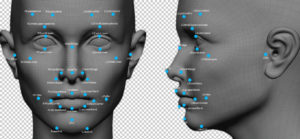- Any questions?
- (619) 734-7345
- info@sumonthalaw.com
CBP now uses Biometric Exit Technology at Houston’s International Airport
U.S. Customs and Border Protection announced on August 8, 2017 that the deployment of facial recognition biometric exit technology is now being used at William P. Hobby International Airport (HOU) in Houston for select flights. The deployment builds upon a June 2016 pilot at Hartsfield-Jackson Atlanta International Airport using facial recognition. CBP recently deployed the technology to Washington Dulles International Airport, George Bush Intercontinental Airport in Houston, Chicago O’Hare International Airport and McCarran International Airport in Las Vegas. Future deployments are planned for additional airports this summer.
“Through our consultations with the airlines and airport stakeholders, and based on the success of several pilots, CBP determined that facial recognition was a viable exit solution,” said John Wagner, Deputy Executive Assistant Commissioner, Office of Field Operations. (Delta and JetBlue recently announced collaborations with CBP to integrate facial recognition technology as part of the boarding process.)
Using the flight manifest, CBP builds a flight specific photo gallery using photographs from the travel document the traveler provided to the airline. CBP then compares the live photo against the document photo in the gallery to ensure the traveler is the true bearer of the document. If the photo captured at boarding is matched to a U.S. passport, the traveler—having been confirmed as a U.S. citizen—is automatically determined to be out of scope for biometric exit purposes and the photo is discarded after a short period of time. CBP remains committed to protecting the privacy of all travelers.
Read more about it here: (You are going to another website that is not associated with our website)
CBP Deploys Biometrics and Facial Recognition at Houston International Airport



(Pictures are from various public sources on the internet and are not directly related to the article.)

